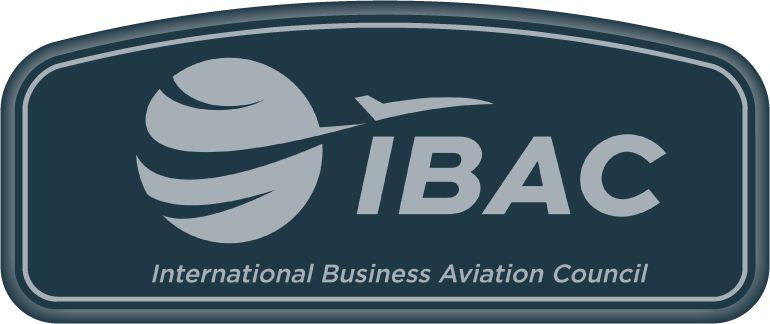Info
&
Insights
So You Think You Have an SMS Because You Have a Flight Risk Analysis Tool (FRAT)? Think Again!
April 1, 2024

In the realm of aviation safety, confusion often arises between owning a Flight Risk Analysis Tool (FRAT) and having a fully functional Safety Management System (SMS). While a FRAT is a component of an SMS, it’s crucial to understand that having a FRAT alone does not equate to having a comprehensive SMS. A FRAT is not a requirement of a SMS rather it enhances the current system in place. Let’s delve into why this distinction is vital for enhancing safety in aviation operations.
What is a FRAT?
A Flight Risk Analysis Tool is a systematic approach used by flight crews and operators to assess and mitigate risks associated with specific flight operations. By evaluating various factors such as weather conditions, aircraft status, and crew readiness, the FRAT helps in making informed decisions to ensure safety. However, it's a singular element focusing primarily on the pre-flight phase and is limited to assessing and managing the risks of individual flights.
Understanding SMS
On the other hand, a Safety Management System is a much broader and more integrated approach to managing safety, including policy, objectives, plans, procedures, organization, responsibilities, and other measures. An SMS encompasses all aspects of safety risk management, safety assurance, safety promotion, and safety policy. It’s an organizational framework that systematically addresses safety through various components and processes, ensuring that safety management becomes an integral part of the organization’s culture and operations.
Why FRAT is Not Enough
- Scope of Operations: While a FRAT provides a snapshot of risk for a specific flight, an SMS offers a holistic view of the entire operational safety. SMS involves continuous monitoring and analysis of all operations, not just flight-specific risks.
- Continuous Improvement: SMS is based on the principle of continuous improvement. It involves regular monitoring, evaluation, and improvement of safety processes, whereas a FRAT is a one-time risk assessment tool for individual flights.
- Organizational Culture: SMS fosters a safety culture within the organization, encouraging open communication and reporting of safety issues without fear of retribution. A FRAT alone cannot cultivate such a culture; it requires the supportive framework of an SMS.
- Compliance and Integration: Regulatory bodies like the FAA and ICAO require operators to implement an SMS, recognizing it as a comprehensive approach to managing safety. A FRAT is just one of the many tools integrated into this system.
- Proactive and Reactive Measures: SMS not only looks at proactive measures to prevent accidents and incidents but also includes reactive processes for learning and evolving from them. FRAT primarily focuses on proactive risk assessment.
While a Flight Risk Analysis Tool is an important element in identifying and mitigating flight-related risks, it’s just the tip of the iceberg in the realm of safety management. A robust SMS is an integrated, organization-wide approach that encompasses much more than just risk assessment. It ensures a systemic and procedural approach to managing safety, with the ultimate goal of fostering a pervasive culture of safety within the organization. So, if you think you have an SMS just because you have a FRAT, it’s time to reevaluate and consider the broader, more comprehensive approach needed to truly ensure safety in aviation operations.
###





